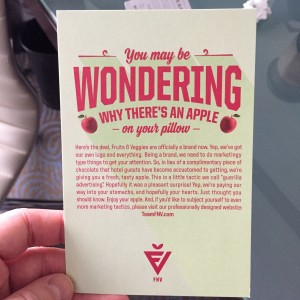Q. Marion, have you seen the NY Times article? It is about how what we eat is contributing to the CA drought. Leaves me confused. If we don’t eat these foods, the farmers will go out of business and that state will suffer. Also, it is mostly fruits, nuts and veggies mentioned. Any thoughts??? –Julie Kumar
A. The story, in case you missed it, is summarized by its headline: “The average American consumes more than 300 gallons of California water each week by eating food that was produced there.”
California farmers produce more than a third of the nation’s vegetables and two-thirds of its fruits and nuts. To do that, they use nearly 80 percent of all the water consumed in the state.

The Times also says:
Americans consume the most water by eating meat and dairy products, primarily because a lot of water is needed to grow the crops to feed the animals. Not all of this water comes from California; about half is imported in the form of crops, like corn, from the Midwest.
What to say about this?
California has a good climate for growing vegetables year-round. What it does not have is rain. Even in non-drought years, the rainy season is short. California gets virtually no rain in summers when the vegetable-growing Central Valley is at its hottest.
Nevertheless, the powers that be decided long ago that money was to be made diverting water from the Sierras to promote the growth of cities (see, for example, Chinatown and any number of documentary films)—and to irrigate California farmland.
The current drought brings the greed and lack of foresight in these decisions to public attention. California farmers have now agreed to cuts in their water allotments, but that still leaves proponents of sustainable agriculture with the dilemma described by Julie’s question:
Does it make ethical or moral sense to boycott California vegetables, nuts, and fruits as a means to encourage producers to move their businesses to wetter locations?
In the long term, it might. I keep thinking of Iowa, which used to be the major producer of specialty crops, but which now produces corn and soybeans under industrial conditions that are ruining municipal water supplies with nitrates from their runoffs.
We need to develop agricultural policies that promote sustainable production methods and take water use, climate change, and other such matters into serious consideration.
In the meantime, you are on your own to figure out your personal method for helping California with its water problems and for encouraging such policies as quickly as possible.
California’s water problems, by the way, are anything but new. It’s worth digging up the 1949 study by Carey McWilliams, who edited The Nation for 20 years. His book, no surprise, focuses on the politics.

Or if you prefer a more historical approach, there’s this one from University of California Press in 2001.

Where I live, it’s suddenly summer and time for putting in tomatoes.









